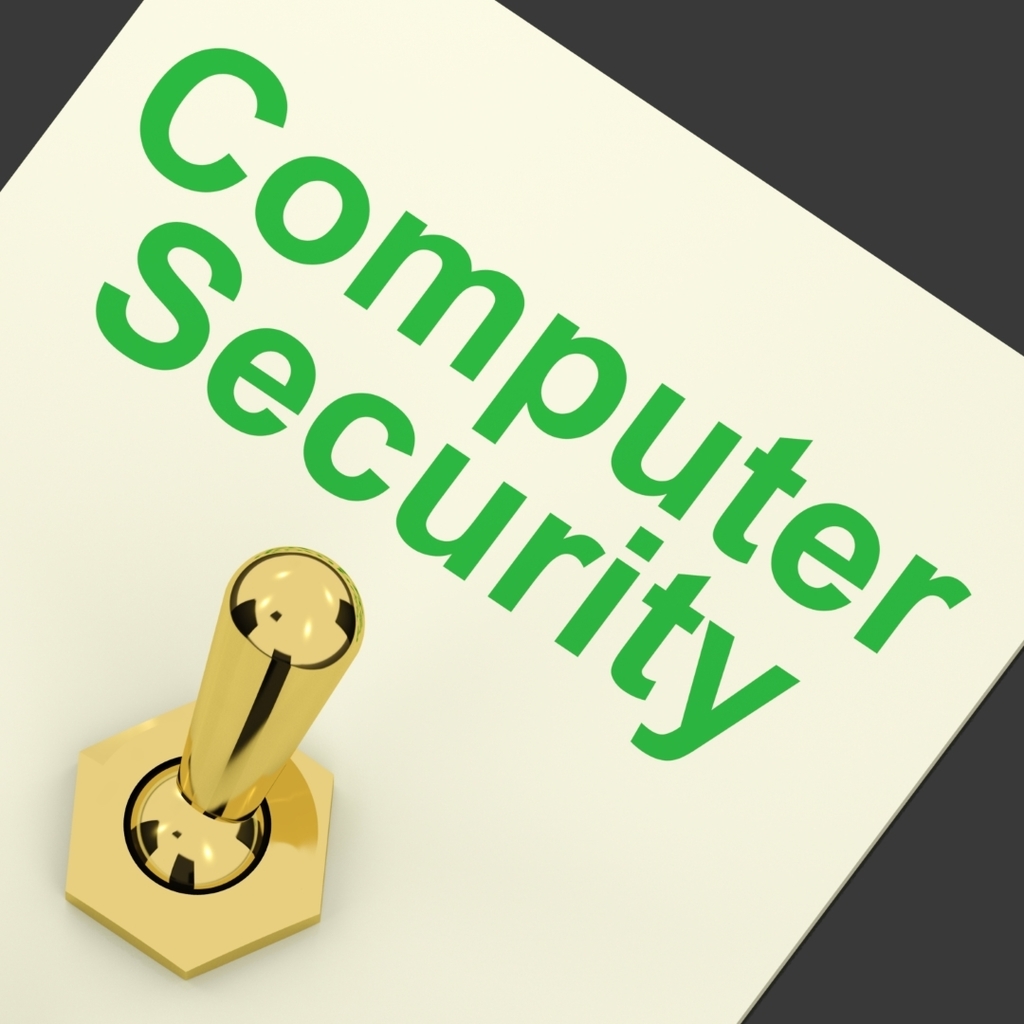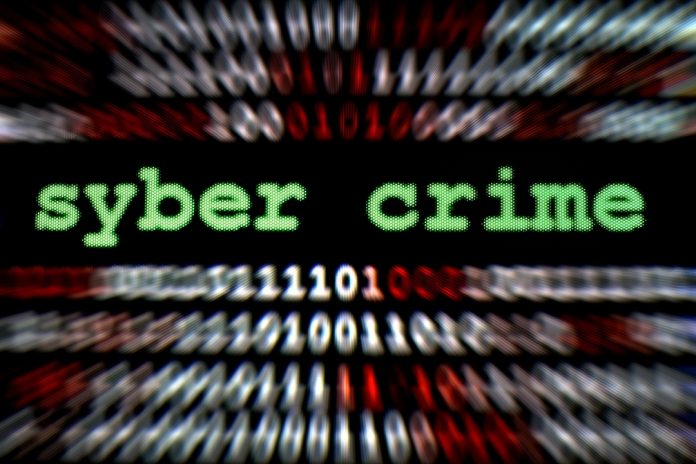Article #85
Introduction
Malicious programs, known as keyloggers, are designed to capture and relay your personal information without your knowing. But did you know that it’s possible to detect a keylogger on your computer, phone, or even text messages? In this article, we’ll discuss what keyloggers are and how to detect them.
We’ll give you tips on identifying if a keylogger is present on your device, and help you understand what measures you can take to protect yourself from these malicious programs. To ensure your safety and security, we’ll also talk about when to use antivirus software and how to use task manager to protect sensitive data.
Could hackers be tracking the keystrokes of your employees to snoop on them? How to find out is provided here. One of the oldest forms of malware still in use today, keyloggers or keystroke loggers continue to pose a severe threat.

Hardware keyloggers were first employed to spy on US diplomats during the Cold War in the 1970s. Due to the development of keylogging technologies, smartphones, laptops, and desktops are now susceptible to hacking and surveillance.
How do you defend your company from this kind of assault? How can you tell whether you’ve already contracted the disease? In this essay, I’ll explain keyloggers, how they operate, how to spot one, and how to protect your company from them. So read on to learn how to detect a keylogger and keep yourself and your personal information secure.
What is a Keylogger?
A keylogger is a piece of software or hardware that is typically malicious and is installed on your computer. It records everything you type. Hackers can use these to compile user names and passwords even though they may occasionally be used lawfully. These might also slow down your PC.
Consider a keylogger as an invisible spy on a user’s device who always listens in the background while capturing passwords, sensitive information, and conversations. Keyloggers are ethical yet legal to use and install. Parents can install them on their children’s gadgets to monitor their internet activities, and employers can use them to monitor employee activity.
But keyloggers are frequently exploited and utilized illegally by cybercriminals who want to record the private information of their victims covertly—and it happens more regularly than you might imagine.
Types of Keyloggers
Keyloggers come in various forms to meet the needs of different users, from software to physical or even wireless keyloggers. The software keylogger is the most popular, as it is easy to install on any device and it is difficult for the user to detect.
Physical and wireless keyloggers, on the other hand, are more visible, as they are physically attached to the device or operate through a wireless connection. Furthermore, these two types of keyloggers can be used to spy on user activity outside of the home or office.
While all three types of keyloggers are effective, each has its own unique pros and cons that must be taken into consideration when deciding which type is best suited to the user’s needs.
How to Detect a Keylogger?
The good news is that one of the finest free antivirus software solutions can identify keyloggers. When reliable antivirus software scans your device to look for keyloggers and other malware, it acts as a keylogger detector. It also stops your device from becoming infected with new viruses simultaneously.
Simple indicators that a keylogger program is running on your computer include a slow browser, sluggish mouse movements, keystrokes, or a vanished cursor. A keylogger can still follow you even if you’re using one of the most private browsers.
Specific keylogging symptoms might also be associated with outdated or crowded hardware, or they can be brought on by spyware like adware. You can protect your data by learning to detect a keylogger on Windows 10 and other operating systems with the help of this step-by-step manual.
The best keylogger detector is a robust antivirus software that instantly deletes keyloggers and other malware when it detects them. You may run a malware scan to find and get rid of keyloggers and other malware by downloading free antivirus software for your Windows 10, Windows 11, Mac, Android, or iOS device.
How Do Keyloggers Work?
Keyloggers operate by disguising themselves on their victims’ computers, surreptitiously capturing their keystrokes, and relaying this information to hackers. When a device is infected, it’s like someone is watching you type and has access to every character.
Keyloggers are undetectable and do not harm the victim’s device because they collect keystroke data in motion. Hardware keyloggers demand a physical return to the device, but software keyloggers can automatically send collected keystrokes to a remote server.
On the other hand, hackers can use Wi-Fi to connect to the hardware keylogger and download the information remotely.
How to get rid of keylogger?
Similar to choices for detection, there are two ways to get rid of keyloggers: manually using one of the methods listed below or automatically using antivirus software. Using a keylogger detector to delete them automatically is the quickest and safest solution to stop keyloggers.
Securing sensitive data and stopping the spread of other infections, it’s critical to stop keyloggers before they take over your laptop. Any malware should be automatically removed by antivirus software.
Still, if it isn’t, you should manually remove it by uninstalling the program, deleting temporary files, wiping the device clean, and resetting it before restoring it from a backup.
How to avoid keyloggers?
The best defense against keyloggers is always prevention. And to achieve this, it is advisable to use a multi-layered strategy. Keyloggers can be avoided by taking precautions to stop them from accessing users’ systems and limiting the harm they can do. These actions can aid in preventing infection and subsequent attacks.
1. Strong antivirus or anti-keylogger software
2. Online security gateways and robust firewalls
3. Password managers, security awareness training, and passwordless authentication
4. Authentication with many factors (MFA)
What to do If a Keylogger is detected
If you suspect that a keylogger has been installed on your computer, it is important to take quick action to protect your data and identity. First, run a full scan using a trusted security software such as McAfee or Norton or other antivirus programs. These programs can detect and remove any malicious software present on your system.
Additionally, you should change the passwords for all of your accounts, as this will prevent the keylogger from harvesting more of your information. Finally, it is a good idea to alert your bank and other financial institutions of the possible intrusion, as they will be able to provide additional resources and guidance on how to stay protected online.
Why do hackers or attackers log keystrokes or other input? How do they benefit?
A type of spyware called a keylogger watches and logs user keystrokes. These allow hackers to view whatever a victim types on their keyboard, including sensitive information like passwords, account numbers, and credit card numbers. Some keyloggers are capable of more than just stealing keystrokes. Keystrokes that have been recorded may be used to access private information and user behavior on websites, emails, and social media. Computer data, including social media, email, websites, and text messaging, can be utilized to obtain personal information.
Can hackers put keyloggers on Android or iPhone devices?
Attackers can successfully install keyloggers on windows, ios, and android operating systems. This malicious software keeps track of and records every action, including disclosing passwords, payment pins, and other private data.
Hackers frequently employ codes and links to install a keylogger on a target’s phone. A keylogging program may have been placed on your phone by a con artist if you start receiving weird texts that make no sense or are just made up of random symbols. You’ll typically discover that social engineering techniques are the main methods to install keyloggers to these gadgets.
Conclusion
It is vital to be aware of the signs of keylogging and take the necessary steps to protect yourself from malicious online activity. With the right tips and tools, you can detect keyloggers, safeguard your personal information, and keep your data secure. Installing antivirus software, monitoring text messages, scrutinizing task manager processes, and other measures can help to protect the sensitive data on your mobile phones and PCs from malicious programs.
When it comes to protecting yourself online, knowledge is power! With a better understanding of keyloggers, you can stay ahead of cybercriminals and make sure your information stays secure.
So, arm yourself with the right tips and tools to detect keyloggers and protect your personal data. With diligence and a bit of effort, you’ll be better equipped to recognize and prevent keylogging, and maintain your digital security. Stay safe out there!
It’s crucial to continuously keep ahead of the curve with your security measures and develop a multi-layered, multi-faceted approach to defend your organization from keyloggers and new threats.
Keystroke loggers can be used to access accounts and personal data; thus, identifying them early and getting rid of them as soon as possible is critical. Use antivirus software and firewalls to prevent harm and be cautious.
Keyloggers are only one of the numerous cyber threats today for businesses. Yet you can lessen the threat they pose by taking the proper security precautions.



